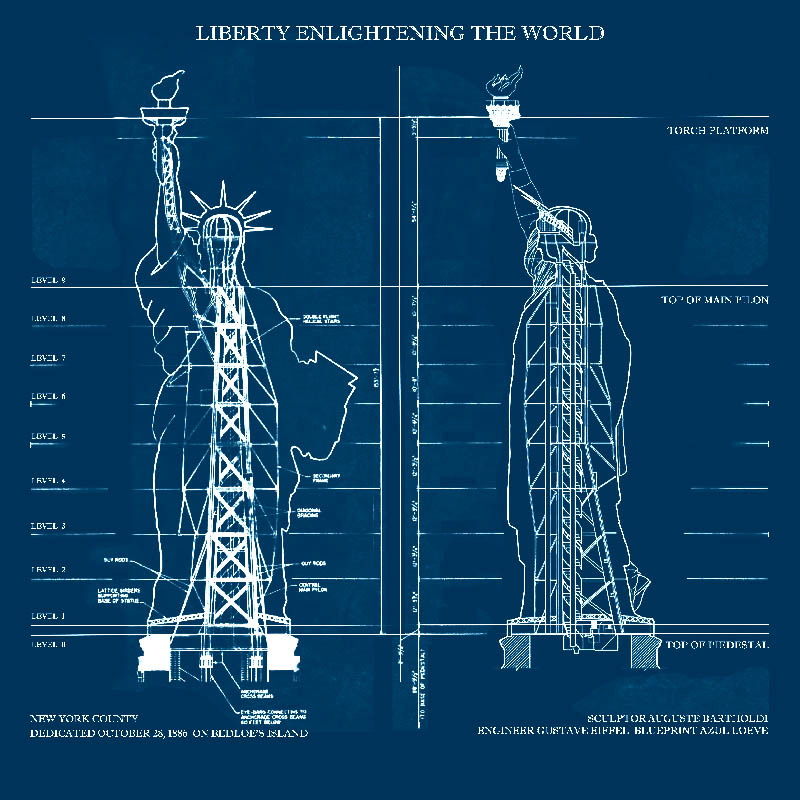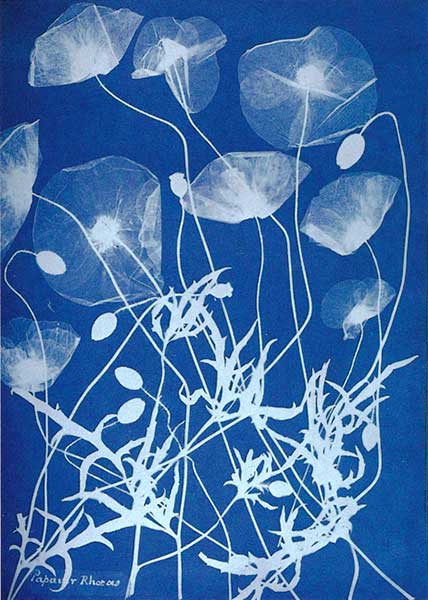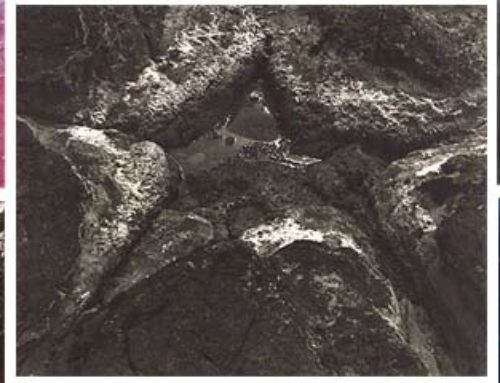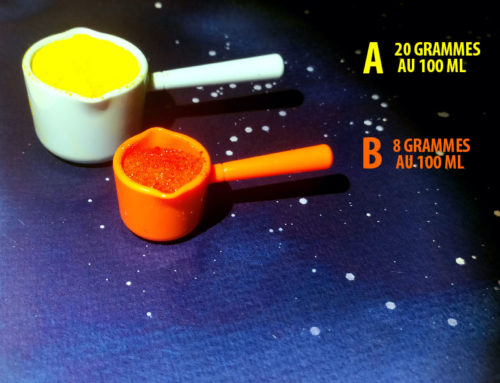Designation of uncontrolled origin
Photogenic drawing or photogram
Anna Atkins inaugurates a new herbarium for scientific purposes:
she arranges the plants on paper coated with cyanotype emulsion, writes their names in Latin and English and then sunbathes them. The image reveals more than just a silhouette because the stems, leaves and flowers block the light rays according to their thickness.
Anna Atkins is thus the author of the first book of photography, she will publish in cyanotype 11 volumes of census of the British flora, her last works show an artistic composition of the plates.
On the premises of photography, Talbot called this “imprint” a photogenic drawing; posterity kept the term photogram for photographs taken without a camera. This technique was used by Rauschenberg for the first works qualified as cyanographies.

Photographic or cyanide salts painting
Cyanography is sometimes defined as photographic painting, it is an exact technical description… but this expression is used for a wide variety of works and processes.
Gerhard Richter, for example, offers under this label both his paintings from the 1960s made from photographs and his photographs on which he has been painting since 1986.
While waiting for cyanography to become familiar and the term understood, I often define it as cyanide salt painting, it arouses curiosity and allows me to make the link with silver photography… and its silver salts.
To continue on the terms in CYANO the material used to paint and obtain a photosensitive surface is in fact a chemical emulsion with ferricyanide salts, I explain my recipe in a “technical” article and call it cyanotype ink.
As for my job, I use a generic expression, plastic artist in reference to the plastic arts, both painting and photography, on 2 or 3 dimensions support, with the possibility of making performances, improvised compositions with the public.
My niece loves to say that I am a cyanographer , I admire this simplicity.

Blueprint
Another use of the cyanotype is the architects’ blueprint, which is also used for technical drawings and corresponds to a detailed plan. In the industrial era, the cyanotype was used to duplicate large-format plans using a layer, paper and light-sensitive emulsion.
Although blueprints have not been reproduced in cyanotype since the 1940s… and are now rarely blue, the name has remained.





